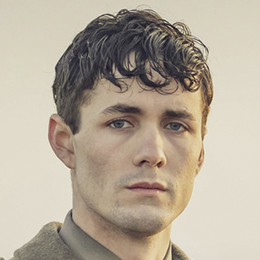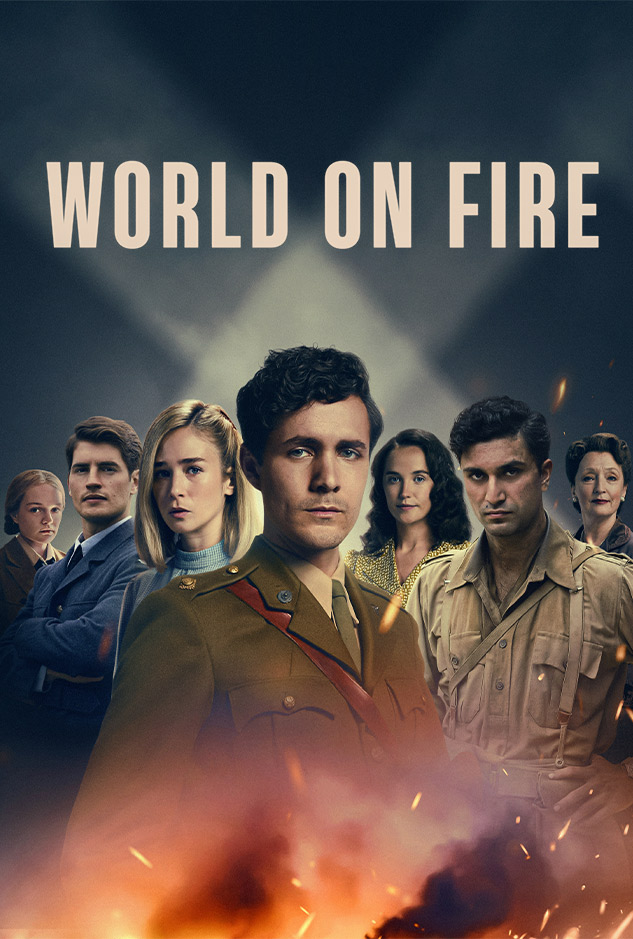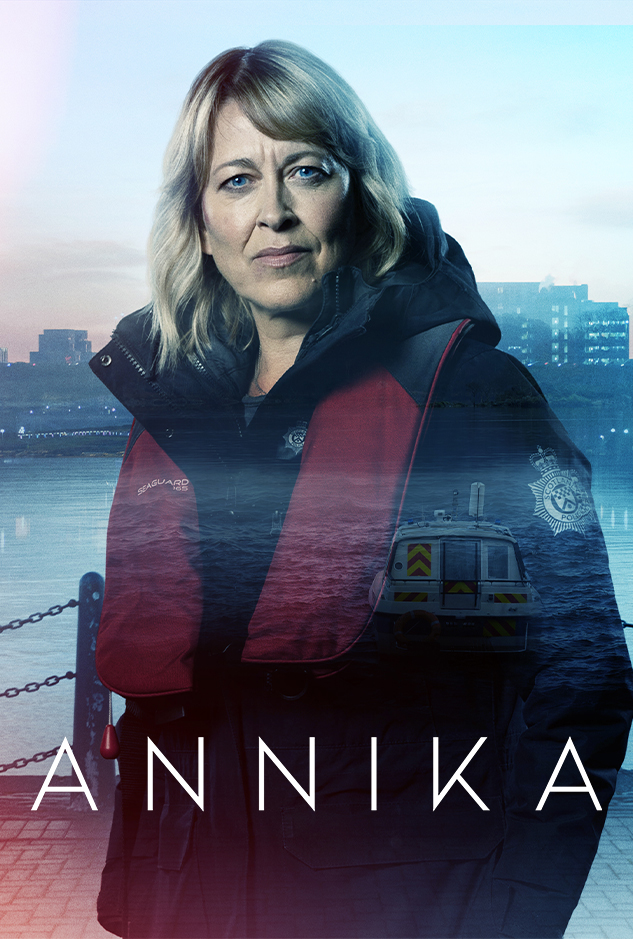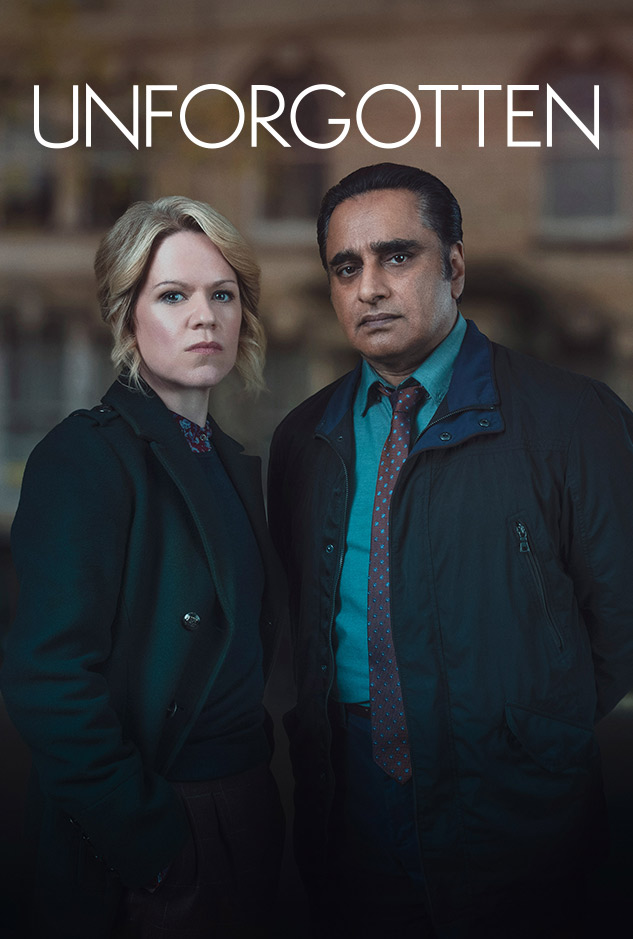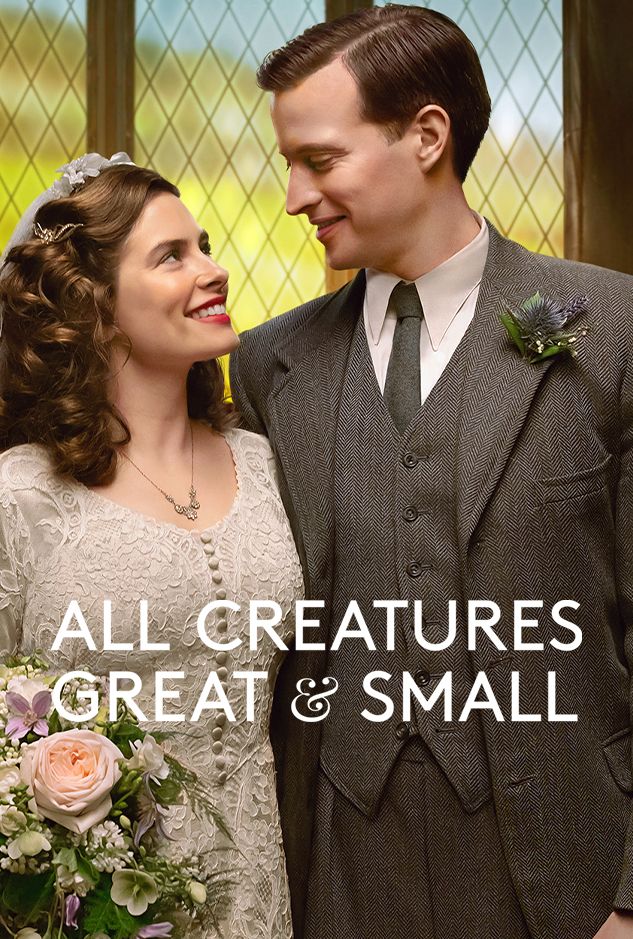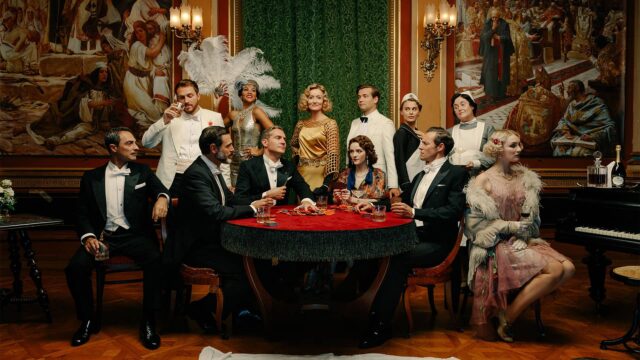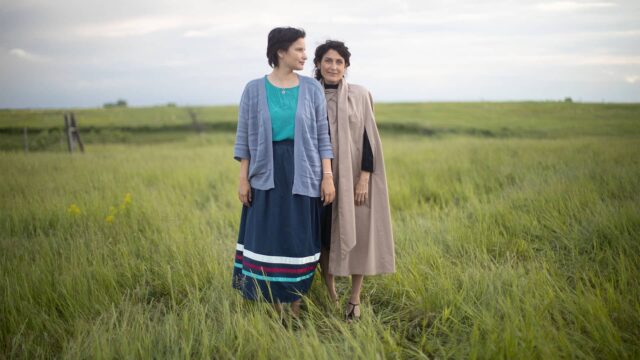Episode 4: History & Images
Who was the “Desert Fox,” what happened to Allied airmen shot down over France, and how were British parks used in WW2? Find out more about the real history covered in Season 2, Episode 4 of the epic wartime drama, World on Fire.
- 1.
RAF Pilots Saved by the French Resistance

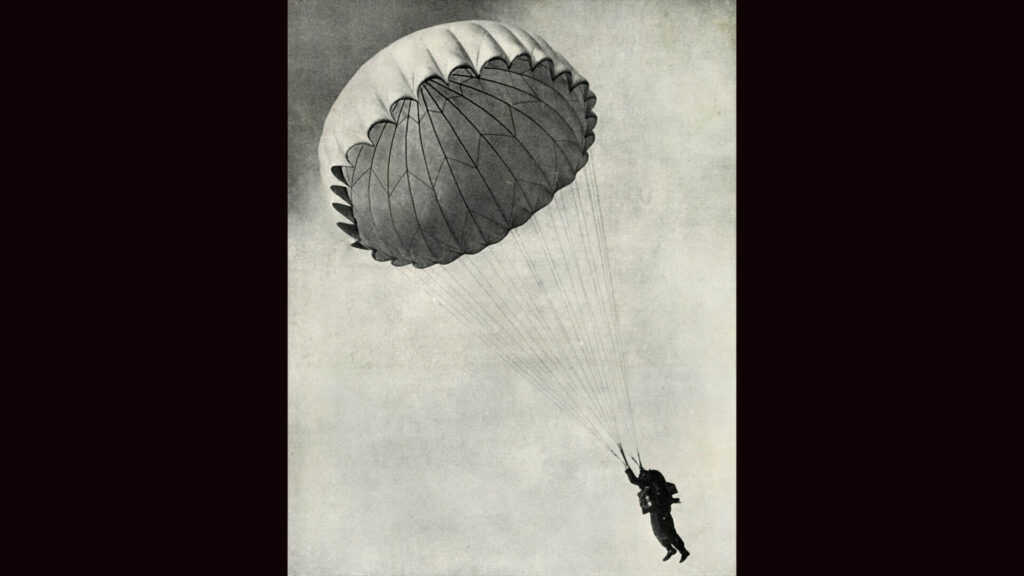
Airman using a parachute during WW2, 1941 Episode 4 sees injured RAF pilot David dragging himself to a small French village. He’s quietly cared for there by resistance member Henriette. However, Henriette’s subterfuge isn’t appreciated by neighbors who fear the town will suffer if Nazis discover hidden British airmen.
It was remarkable if an RAF pilot shot down over occupied France made it back to England in the war’s early days. But by “1943, pilots…knew they had a 50 percent chance of evading capture and returning home,” says Sherri Green Ottis in her book, Silent Heroes: Downed Airmen and the French Underground. “An estimated 12,000 French civilians helped make this possible,” risking imprisonment, torture, and death. One such civilian was Andrée Peel, a beauty shop owner who assisted “a total of 102 Allied aircrew to evade capture by the Germans and to get back to Britain by small boat, submarine, or night-time collection by RAF Lysander aircraft,” says The Guardian (UK). Her work earned her “a personal letter of thanks from Winston Churchill, which she had to destroy for security reasons.”
Hear Leonard Henry Williams, bomb aimer with the RAF, discuss (at 11:54) ejecting from his plane and parachuting into France in an oral history recorded by the Imperial War Museum.
- 2.
Food Rationing in England

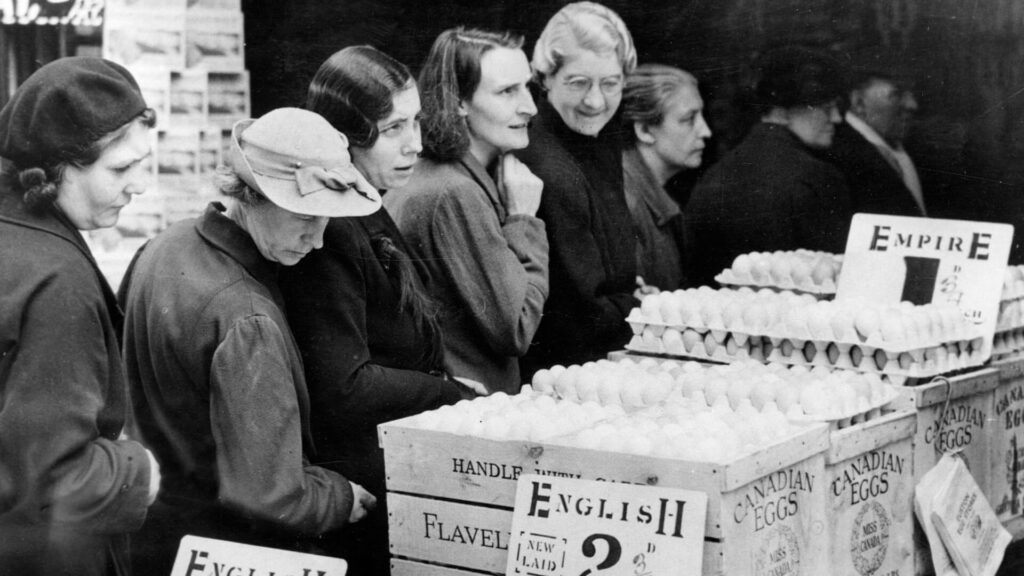
British women queuing to buy eggs, both domestically sourced and supplied from Canada In Episode 4, Sir James Danemere brings black-market champagne to his garden picnic with Robina. (He calls himself a “spiv,” or petty criminal.) Later on, Kasia makes a poppyseed cake for tea—a very flat cake made with powdered eggs and without poppyseeds. Basics like sugar, fats, and meat were rationed by the British government starting in January 1941 to manage scarcity and prioritize the military and essential services.
The food shortages resulted when war disrupted British imports. The UK government encouraged citizens to grow food on any piece of available land, including public parks. And it distributed ration books containing coupons, which were required to purchase goods that were in limited supply. Women “had to register with particular retailers,” says the Imperial War Museum. Long lines were typical, and you might wait ages only to learn they’d just run out of what you’d been waiting for.
See an adult’s surprising yet typical weekly food ration as per Historic UK.
- 3.
Who was German Army Officer Rommel?

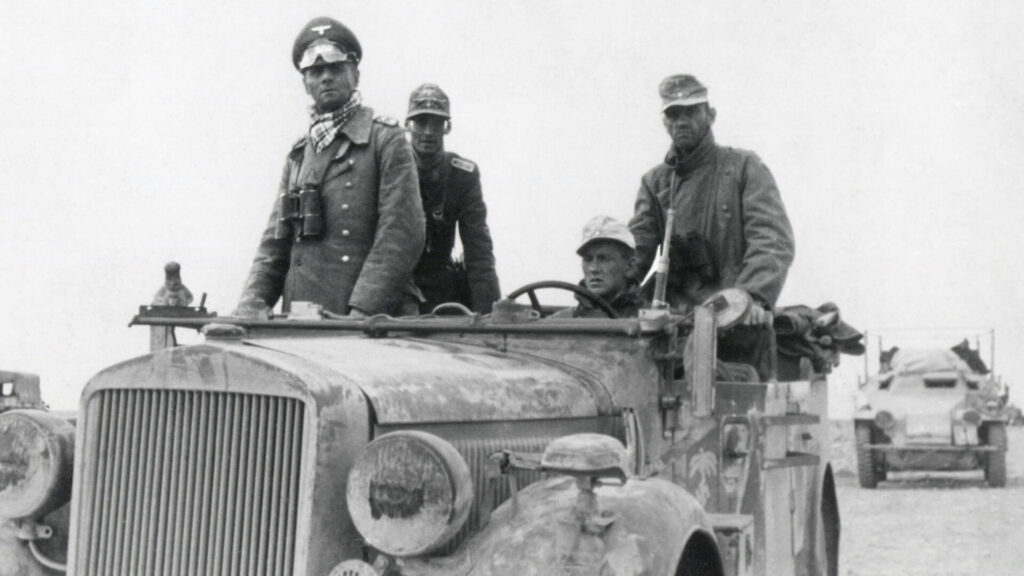
Rommel (left) with the 15th Panzer Division in Libya, 1941 It’s May 1941 as Episode 4 of World on Fire opens. Harry’s men are joined in Libya by Australian troops and told by Churchill to hold positions against Rommel’s forces. Three months earlier, Major-General Erwin Rommel had taken control of Germany’s Afrika Korps to save an Italian army in disarray.
Rommel’s goal was to occupy Cairo and take control of the Suez Canal. He led a series of boldly aggressive attacks that pushed the Allies back into Egypt in both 1941 and 1942, earning him the nickname ‘Desert Fox.’ “Exuding frenetic energy and leading from the front, Rommel inspired his troops to great feats of heroism and endurance,” according to the National Army Museum.
Control of the war in North Africa shifted from Axis to Allied forces and back over almost three years, often based on the logistics of which troops had fresh supplies of fuel and equipment. The Allies finally defeated Germany’s Afrika Korps in 1943, with significant help from British General Bernard Montgomery and American General Dwight Eisenhower. Rommel’s next assignment was preparing for the long-awaited Allied invasion of Western Europe.
Watch a helpful video from the Imperial War Museum outlining Rommel’s role in North Africa.








